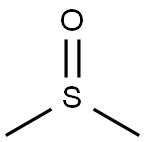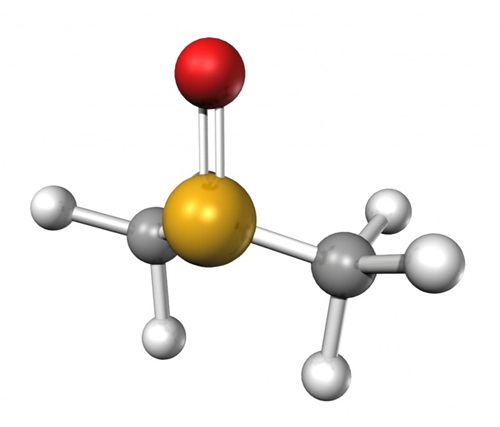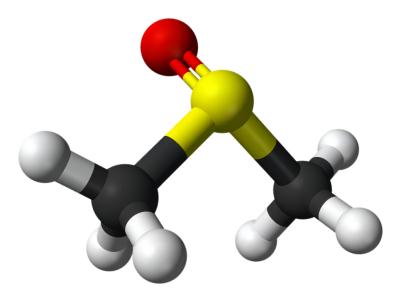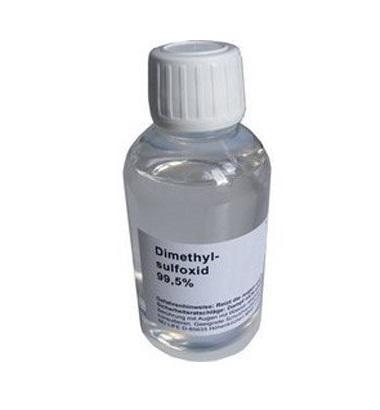Dimethyl sulfoxide-Hazard and Toxicity
Description
Dimethyl sulfoxide is a sulfur-containing organic compound; molecule formula: (CH3) 2SO; It exhibits as colorless, odorless, hygroscopic and flammable transparent liquid at room temperature. It has both high polarity as well as high-boiling point. It also has aprotic and water-miscible characteristics. It has low toxicity, good thermal stability, and is not miscible with paraffin. It is soluble in water, ethanol, propanol, ether, benzene and chloroform and many other kinds of organic substance and is called as the "universal solvent." It is a common organic solvent which has the strongest dissolving ability. It can dissolve most the organic compounds including carbohydrates, polymers, peptides, as well as many inorganic salts and gases. It can dissolve certain amount solute whose weight is equals to 50-60% of itself (other common solvents usually only dissolve 10-20%), so it is very important in the sample management as well as high-speed screening of drugs.
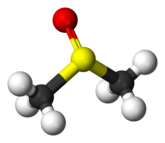
Hazard
Freely penetrates skin and may carry dissolved chemicals across the skin
Toxicity
The acute toxicity of DMSO by all routes of exposure is very low. Inhalation of DMSO vapor can cause irritation of the respiratory tract, and at higher concentrations may cause vomiting, chills, headache, and dizziness. The material is only slightly toxic by ingestion and may cause vomiting, abdominal pain, and lethargy. Dimethyl sulfoxide is relatively nontoxic by skin absorption, but can cause itching, scaling, and a transient burning sensation. Dimethyl sulfoxide can increase the tendency for other chemicals to penetrate the skin and so increase their toxic effects. Contact of DMSO liquid with the eyes may cause irritation with redness, pain, and blurred vision. Chronic exposure to dimethyl sulfoxide can cause damage to the cornea of the eye. Dimethyl sulfoxide has not been found to be carcinogenic or to show reproductive or developmental toxicity in humans.
Flammability and Explosibility
Combustible when exposed to heat or flame (NFPA rating = 1). Carbon dioxide or dry chemical extinguishers should be used to fight DMSO fires.
Reactivity and Incompatibility
DMSO reacts violently with strong oxidizers, many acyl halides, boron hydrides, and alkali metals. DMSO can form explosive mixtures with metal salts of oxoacids (sodium perchlorate, iron(III) nitrate).
Storage and Handling
Dimethyl sulfoxide should be handled in the laboratory using the "basic prudent practices".
Accidents
In the event of skin contact, immediately wash with soap and water and remove contaminated clothing. In case of eye contact, promptly wash with copious amounts of water for 15 min (lifting upper and lower lids occasionally) and obtain medical attention. If dimethyl sulfoxide is ingested, obtain medical attention immediately. If large amounts of this compound are inhaled, move the person to fresh air and seek medical attention at once. In the event of a spill, remove all ignition sources, soak up the dimethyl sulfoxide with a spill pillow or absorbent material, place in an appropriate container, and dispose of properly. Respiratory protection may be necessary in the event of a large spill or release in a confined area.
Disposal
Excess dimethyl sulfoxide and waste material containing this substance should be placed in an appropriate container, clearly labeled, and handled according to your institution's waste disposal guidelines.
);You may like
Related articles And Qustion
See also
Lastest Price from Dimethyl sulfoxide manufacturers
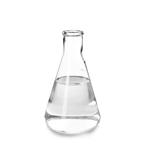
US $25.00/L2024-04-25
- CAS:
- 67-68-5
- Min. Order:
- 1L
- Purity:
- >99%
- Supply Ability:
- 50 TONS
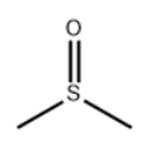
US $7.50-5.00/kg2024-04-25
- CAS:
- 67-68-5
- Min. Order:
- 1kg
- Purity:
- 99%
- Supply Ability:
- 5000kg
